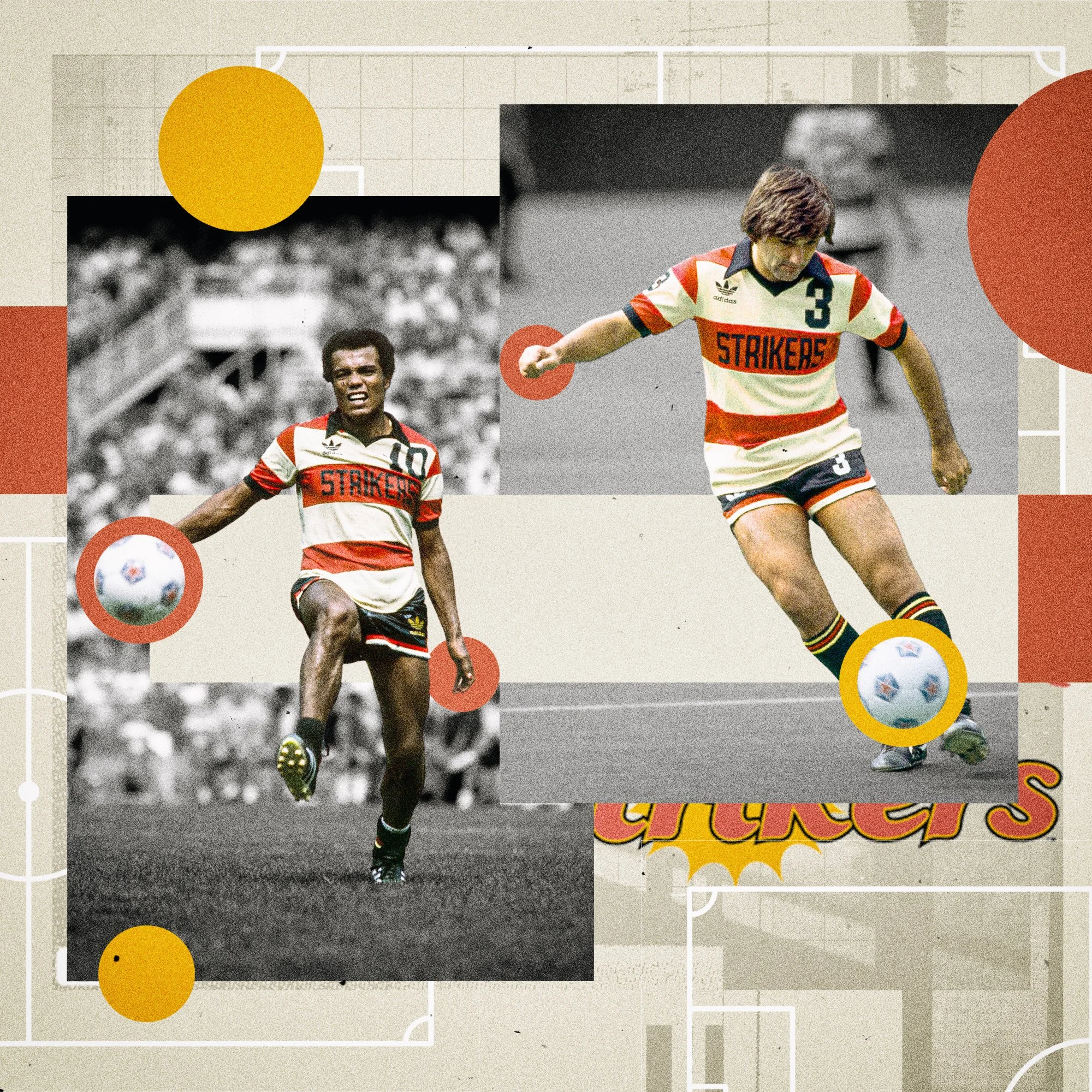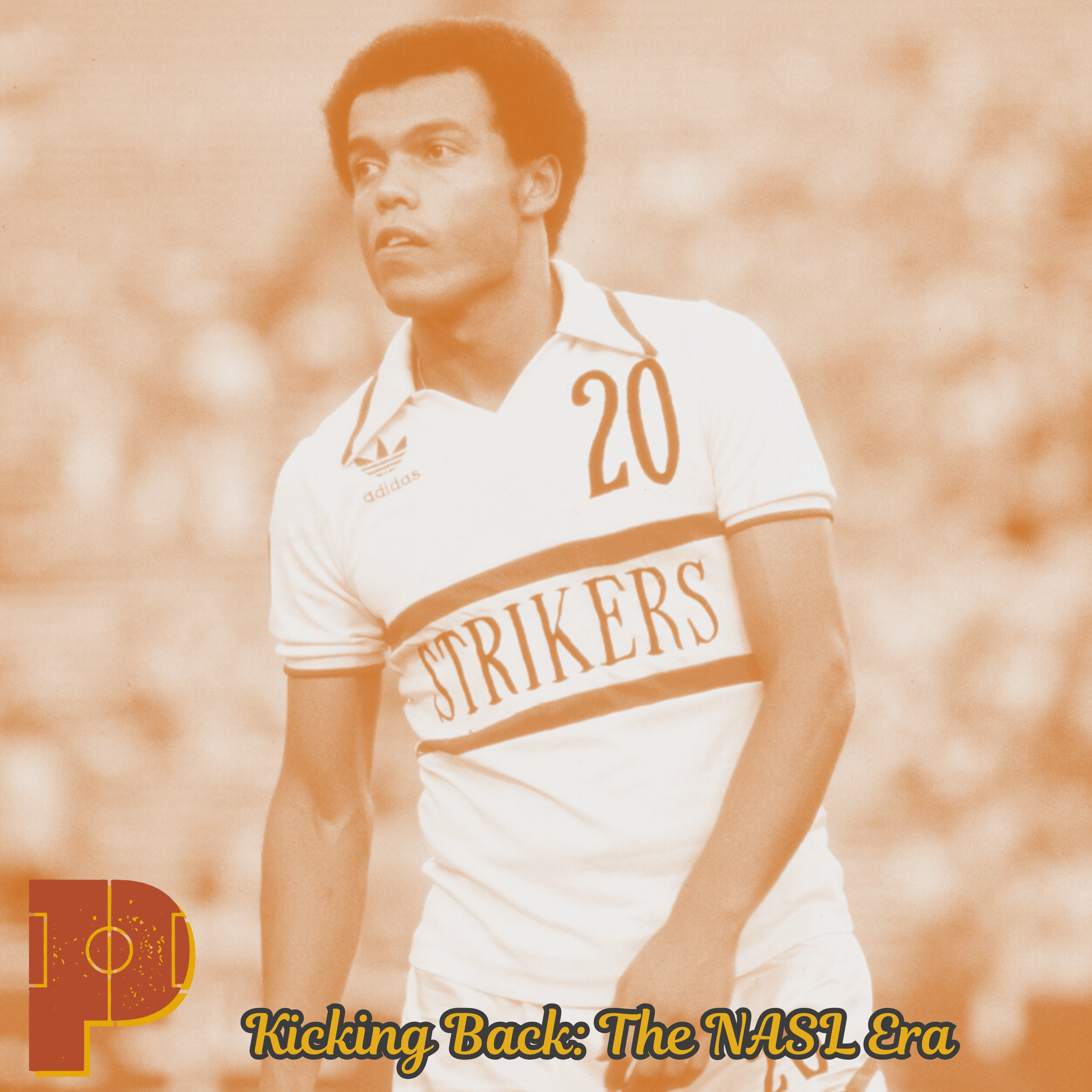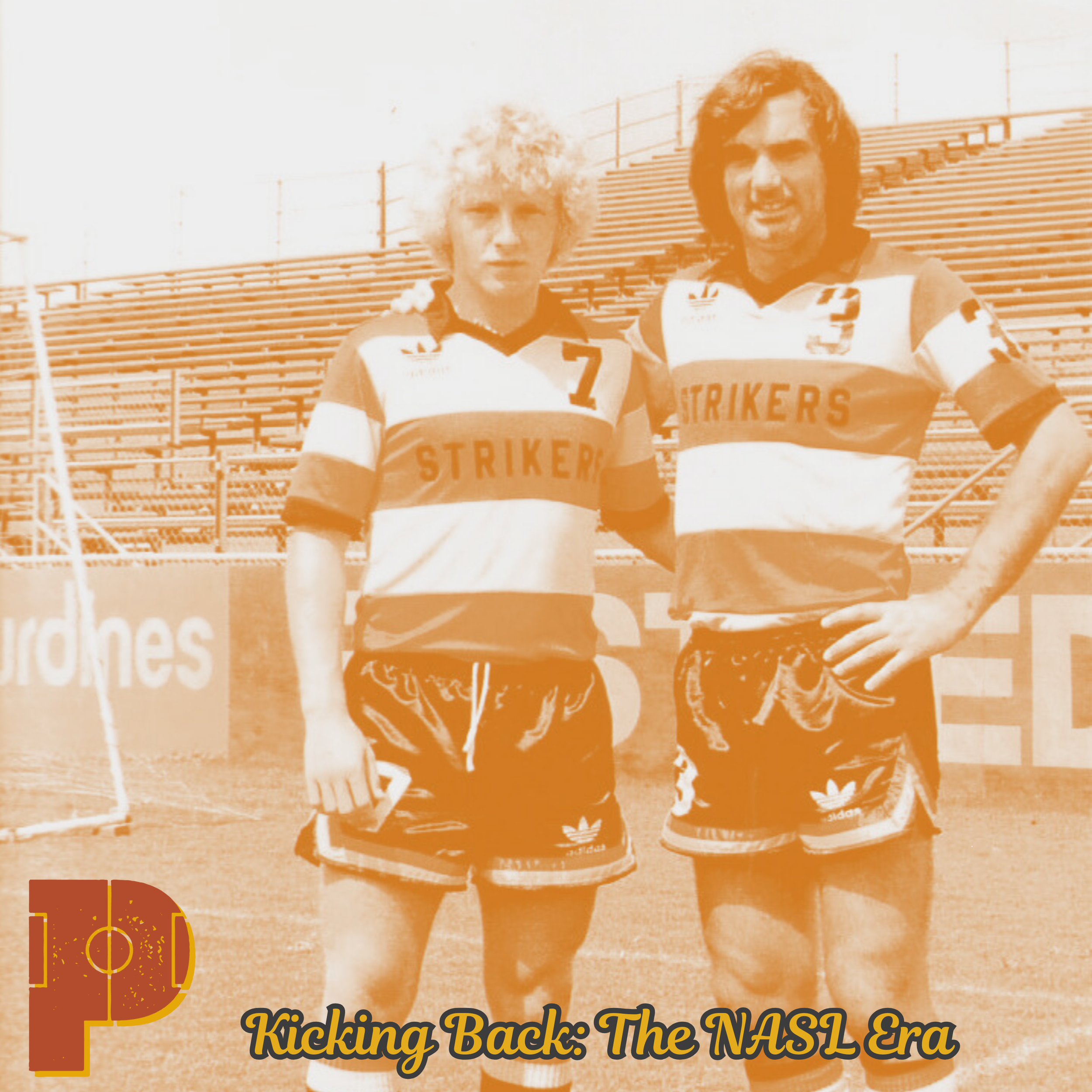Kicking Back: The History of Ft Lauderdale Strikers - Part Three, The Players
While the Strikers weren’t the world beater that the other clubs were, they did have a fair number of very good players. There were some who became more well known after they stopped playing like Thomas Rongen and Ray Hudson. The NASL was getting a lot of players in the middle to the late of their career. This helped Ron Newman, not only with his contacts in England, but able to pitch contracts with insane wages to come over.
While we could start with George Best, we will start with the best player to come over from Europe, Teofillas Cubillas. He actually didn’t come over from Europe, as he made one of his many stops at Alianza Lima for the before the 1978 World Cup. It was in those Finals that Cubillas scored four goals in three matches, topping their group over Scotland and Holland. In the second group stage, Peru would crash out finishing bottom of their group. Cubillas finished second top goal scorer in the tournament, only one goal behind Mario Kempes.
Once the World Cup was over Cubillas signed for the Fort Lauderdale Strikers. Over his first tenure in South Florida, he scored 65 goals in 141 matches. Cubillas had two great partnerships; Gerd Muller, and George Best. The 1981 season was Cubillas best in South Florida where he notched 17goals, and a hat-trick in seven minutes against the LA Aztecs. Though this was a disappointing year for Fort Lauderdale. For his troubles, he was named NASL midfielder of the year.
This great form also secured his spot in Peru’s 1982 squad, but it wasn’t a good tournament for the country. This was a bad tournament for the country, they finished rock bottom in the tournament. They failed to return to the World Cup Tournament until 2018 in Russia, but missed out on the next one. In his remaining years, Cubillas would rotate between playing in the United States and Alianza Lima, even though he retired in the 1980s. Cubillas returned to Alianza Lima in 1987 after the plane crash that killed a majority of their team. Cubillas in his late 30s, he helped to rebuild the side. He scored three goals in 13 matches. In over two decades of play, Cubillas scored over 200 goals in 500 matches, and over 20 goals in a Peruvian jersey.
Now, Ray Hudson on the other hand wasn’t an English National Team midfielder. He was just another midfielder in Newcastle’s setup, who could talk a great game. Hudson did have a father who worked at a Ford Dealership in the UK. Ray was approached to come to South Florida in 1977 when a scout from the Strikers offered him a chance to come on loan from Newcastle. The selling point? Being close to Miami.
Unlike many of his brethren, he came over at the tender age of 22. It did help that when he arrived, fellow countryman Gordon Banks was part of the team. In Hudson’s first year with the club, the Strikers lost in the playoffs to the Cosmos in front of 77,000 plus fans at Giants Stadium. That is a match we will discuss as well. The loan spell became permanent, and Hudson never left South Florida during his life. He did play a season with Union Solingen, and the Edmonton Brick Men of the Western Soccer Alliance. After his playing career was over Hudson got into coaching with the Miami Fusion, and then DC United. He has also been a commentator for various news outlets until this day.
Widely considered one of the greatest goalkeepers of all time, Gordon Banks at the end of his playing career made the trek over to the NASL. Gordon started his career at his local club, Chesterfield, before a move to Leicester City garnered him 300 appearances. He had to move later, when a young Peter Shilton came through the ranks of Leicester. This time it was off to Stoke City where he would appear nearly 200 more times. It’s the World Cup in 1966 where he really showed society why he was an icon. Just in case you haven’t heard from anyone, did you know that England won the 1966 World Cup?
Banks didn’t concede a goal from open play on the way to the World Cup Final. The only time there was a ball in the back of the England net, was Eusebio’s penalty in the semi-finals. There were other players who got the winning plaudits, but Banks went about his business the way he normally did.
In 1970 England was defending their World Cup title, and even though England lost 1-0 in the group stages to Brazil, it’s still known for one of the most important saves ever. With Brazil up 1-0, Banks dove to his right to block Pele’s goal-bound header. Banks was able to get his hands up and flick the ball over the bar for safety. It is still known as the save of the century. In the quarter finals of the World Cup, Banks was struck down by a stomach bug and England went out.
In 1973, Banks was forced to retire after a car accident caused him to lose sight in his right eye. Despite that, he came out of retirement five years later at the age of 39 for the Fort Lauderdale Strikers. In the two seasons he with only one eye was the goalkeeper coach, worked many clinics and was NASL Goalkeeper in 1977.
Gordon Banks wasn’t the only great goalkeeper for the Strikers. The other one was a New Yorker. He moved around the NASL from 1975-1984, playing for 8 different clubs and is a member of the National Hall of Fame, that was because he was tall 6 '5 who threw with his right hand, but kicked with his left foot. In 1975, Mausser joined the Hartford Bicentennials of the NASL for the year. The following season he was off to the Tampa Bay Rowdies for the 1976 season.
His team with the Rowdies was fantastic, he had six shutouts, 28 goals scored against him, in 24 games. Because of this, he was a first team NASL All Star. However, Rowdies coach Eddie Firmani wanted English goalkeeper Paul Hammond, so he was dealt to the Vancouver Whitecaps in 1977. As we can see he was developing a reputation for being a mercenary, playing for whomever would pay.
After Vancouver he moved to the Colorado Caribous for a season. Then he moved the next year to Fort Lauderdale for the 1979 season. After that, he was off to New England, which moved to Jacksonville. He stayed there the longest, staying for two seasons. He was known for being such a good player, that he helped the USA National team in the Olympics in the mid-80s.
George Best is one of the most iconic players in the sport. For as great of a player as he was he was just as difficult to deal with. If he was motivated, and not as hungover, could even in the 80s be fun to watch. George could slow things down and run around the pitch the way he did a decade before while he was a Manchester United player. Now there were times where he would demand the ball, and he wouldn’t be nice about it. He would also, as Ron Newman found out later, not like coming off the pitch or missing a half due to a suspension.
When Best originally came over, he had some time in the preseason with the Cosmos, because everyone does at one point. However, he did find that moving out to Los Angeles was more relaxing. Keep in mind, Los Angeles is used to famous people and hearing a foreign accent wasn’t a new thing. George could just be another good-looking man and be ignored; such wasn’t the case for him in Europe.
Eventually, Best grew tired of the Aztecs and left for a team stacked, the Fort Lauderdale Strikers. When he showed up in 1978, they had Gerd Muller, Gordon Banks, Nene Cubillas, and Ray Hudson. They were playing an attack-minded style of play, and why not with all those talented players? They also regularly sold-out Lockhart Stadium. Best’s debut for the Strikers was a 5-3 win over the Cosmos. It was the first time the Strikers had ever beat the Cosmos. Best hit for two goals in that match, but sadly there aren’t any tapes that survive today. During his debut season in 1978, he played in 9 matches and scored four goals. This looked like a good start, but he went off the rails.
After the 1978 season, he went on an international tour with the Detroit Express. This aggravated Fulham, who wanted him to come back to England, lodged a formal complaint with FIFA, which suspended Best from global football for months. Best threatened to sue FIFA, but the complaint was resolved just in time for Best to rejoin the Strikers. However, it would be his worst year in America. The 1979 season saw Best score four goals in 19 appearances, while getting seven assists. Fort Lauderdale did finish in second place. They were bounced right away from the playoffs by the Chicago Sting.
We all know that Best was an alcoholic, and it’s what did him in at the age of 59 in 2005. Fans no matter where he went despite his off-the-pitch problems would always want him part of the club. Most of the time the supporters, if they had to choose between the manager and Best, they would pick Best. Sometimes it’s foolish to look back on the good ole days and put modern society’s norms, but in today’s game he would not be as loved. Next time, we wrap up our time in South Florida, with the important matches in Striker’s history.
- by Stephen Brandt




